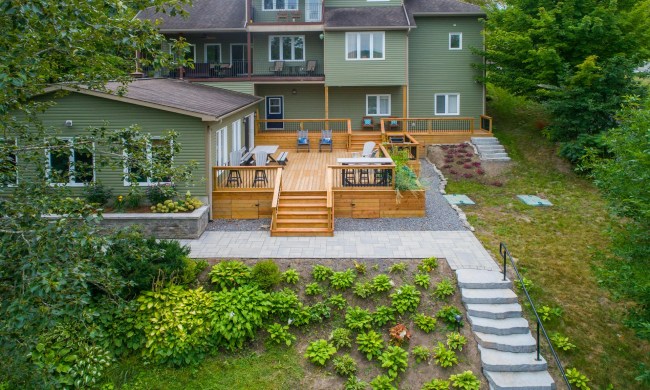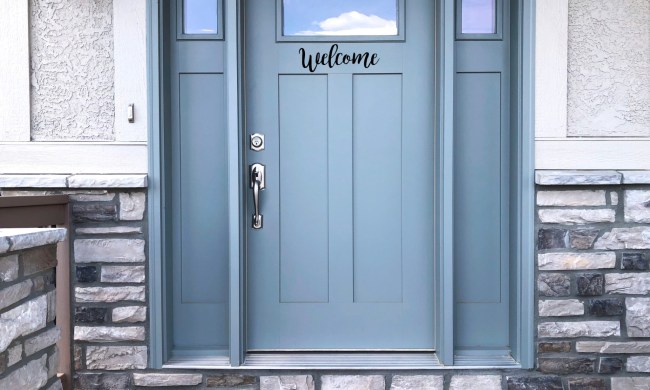Wondering which greenery to bring into your space? It’s beneficial to incorporate indoor plants into your home decor for many reasons, and it’s a simple and effective way to bring life, color, and a touch of nature indoors. These common houseplants not only elevate the aesthetic of your living space but also provide a sense of tranquility and well-being.
With the right selection, you can create a lush, green indoor garden that thrives with minimal care. Below, we’ll explore some of the most popular houseplants that are perfect for any home.
Spider plant

The spider plant (Chlorophytum comosum) is a classic choice for both novice and experienced plant owners. With its arching leaves and small white flowers, it adds a dynamic look to any room. Its ability to thrive in a variety of conditions makes it a beloved household staple.
- Light: Indirect sunlight
- Water: Keep soil slightly moist
- Humidity: Average indoor humidity
- Temperature: Prefers cooler temperatures, 55 to 65 degrees Fahrenheit
Peace lily

The peace lily (Spathiphyllum) is known for its graceful white blooms and glossy, deep green leaves. It’s a symbol of peace and tranquility, making it a perfect addition to bedrooms or living areas. Peace Lilies also help clean the air, adding to their appeal.
- Light: Low to medium, indirect light
- Water: Keep soil moist, but not waterlogged
- Humidity: Prefers higher humidity
- Temperature: 65 to 80 degrees Fahrenheit
Fiddle-leaf fig

The fiddle-leaf fig (Ficus lyrata) is a statement plant known for its large, violin-shaped leaves. Its bold presence makes it a popular choice for those looking to make an impact on their interior design. Placing it in a well-lit corner instantly elevates the space.
- Light: Bright, indirect light
- Water: Water when the top inch of soil is dry
- Humidity: Average indoor humidity
- Temperature: 60 to 75 degrees Fahrenheit
Snake plant

The snake plant (Sansevieria trifasciata), also known as Mother-in-Law’s Tongue, is revered for its striking vertical leaves and hardiness. It’s a versatile plant that can fit into almost any decor style, from modern to bohemian.
- Light: Low to bright, indirect light
- Water: Allow soil to dry between waterings
- Humidity: Low humidity
- Temperature: 60 to 85 degrees Fahrenheit
Lucky bamboo
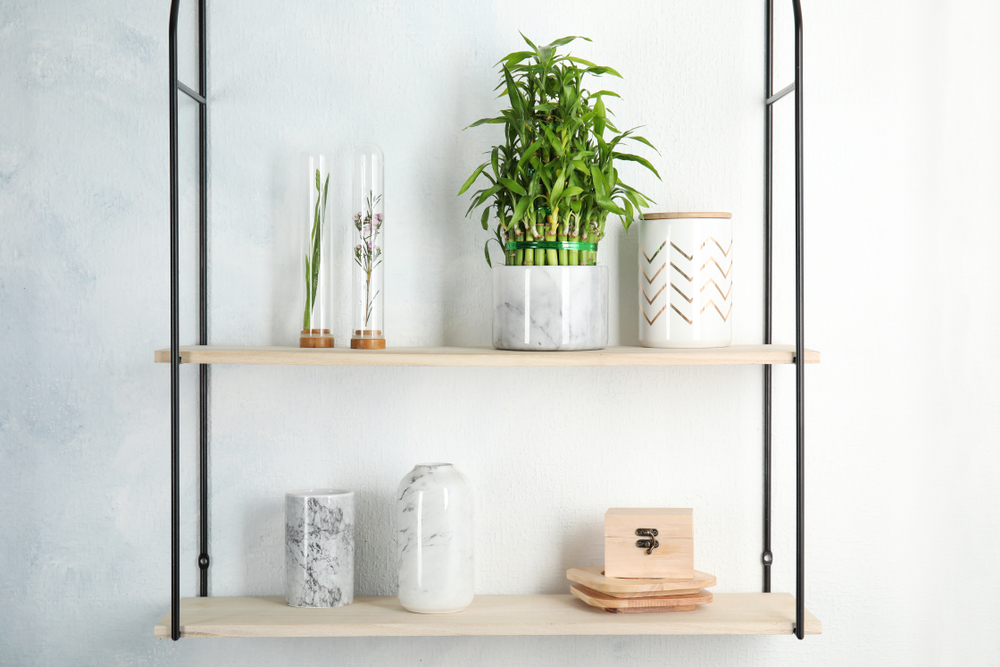
Lucky bamboo (Dracaena sanderiana) is often associated with good fortune and positive energy in feng shui practices. Its sleek, green stalks can be shaped into various designs, making it a unique and versatile plant for both homes and offices.
- Light: Low to medium, indirect light
- Water: Keep roots submerged in water, change water weekly
- Humidity: High humidity preferred
- Temperature: 65 to 95 degrees Fahrenheit
English ivy

English ivy (Hedera helix) is a trailing plant that adds a touch of elegance with its lush green foliage. Since it loves high humidity, it’s a perfect plant for showers and bathrooms. It’s particularly well suited for hanging baskets or as a cascading element on shelves and windowsills.
- Light: Bright, indirect light
- Water: Keep soil slightly moist
- Humidity: Prefers higher humidity
- Temperature: 50 to 70 degrees Fahrenheit
ZZ plant

The ZZ plant (Zamioculcas zamiifolia) is known for its glossy, dark green leaves and incredible resilience. It’s a perfect choice for those who might not have a green thumb, as it tolerates low light and infrequent watering.
- Light: Low to bright, indirect light
- Water: Water when the soil is completely dry
- Humidity: Low humidity
- Temperature: 60 to 75 degrees Fahrenheit
Orchid
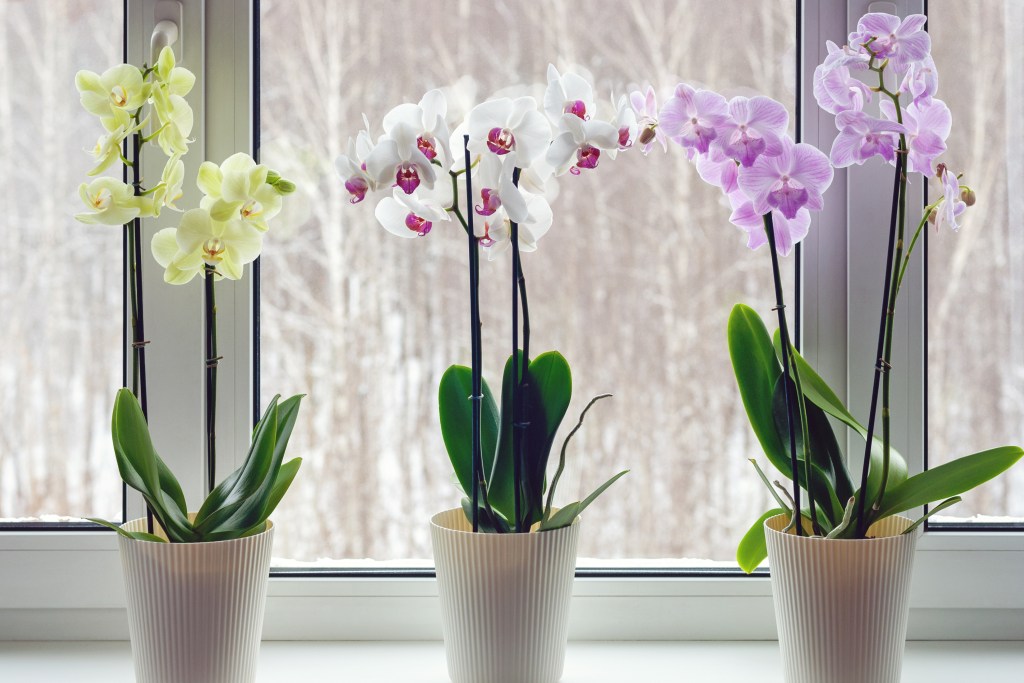
Orchids (Orchidaceae) are renowned for their exotic, delicate flowers and are a favorite for adding elegance to any space. With a variety of colors and shapes, they can suit both modern and traditional decor.
- Light: Bright, indirect light
- Water: Water thoroughly, allow to dry out between waterings
- Humidity: High humidity preferred
- Temperature: 60 to 80 Fahrenheit
String of pearls

The string of pearls (Senecio rowleyanus) is a distinctive, trailing succulent with bead-like leaves that spill over the edges of pots. It’s perfect for hanging baskets or as a decorative accent on floating shelves.
- Light: Bright, indirect light
- Water: Allow soil to dry out between waterings
- Humidity: Low humidity
- Temperature: 70 to 80 degrees Fahrenheit
Pothos

Pothos (Epipremnum aureum) is a versatile and low-maintenance plant known for its trailing vines and variegated leaves. It’s a popular choice for beginners and can thrive in various indoor conditions.
- Light: Low to bright, indirect light
- Water: Allow soil to dry between waterings
- Humidity: Average indoor humidity
- Temperature: 60 to 80 degrees Fahrenheit
Parlor palm

The parlor palm (Chamaedorea elegans) is a small graceful palm that adds a touch of the tropics to your home. It’s ideal for spaces with lower light levels and brings a soft, airy feel to the room.
- Light: Low to medium, indirect light
- Water: Keep soil evenly moist
- Humidity: Prefers higher humidity
- Temperature: 65 to 80 degrees Fahrenheit
Chinese money plant

The Chinese money plant (Pilea peperomioides) is known for its round, coin-like leaves and is often associated with prosperity and good luck. It’s a trendy plant that looks great on windowsills or as part of a plant collection.
- Light: Bright, indirect light
- Water: Water when the top inch of soil is dry
- Humidity: Average indoor humidity
- Temperature: 60 to 75 degrees Fahrenheit
Aloe vera
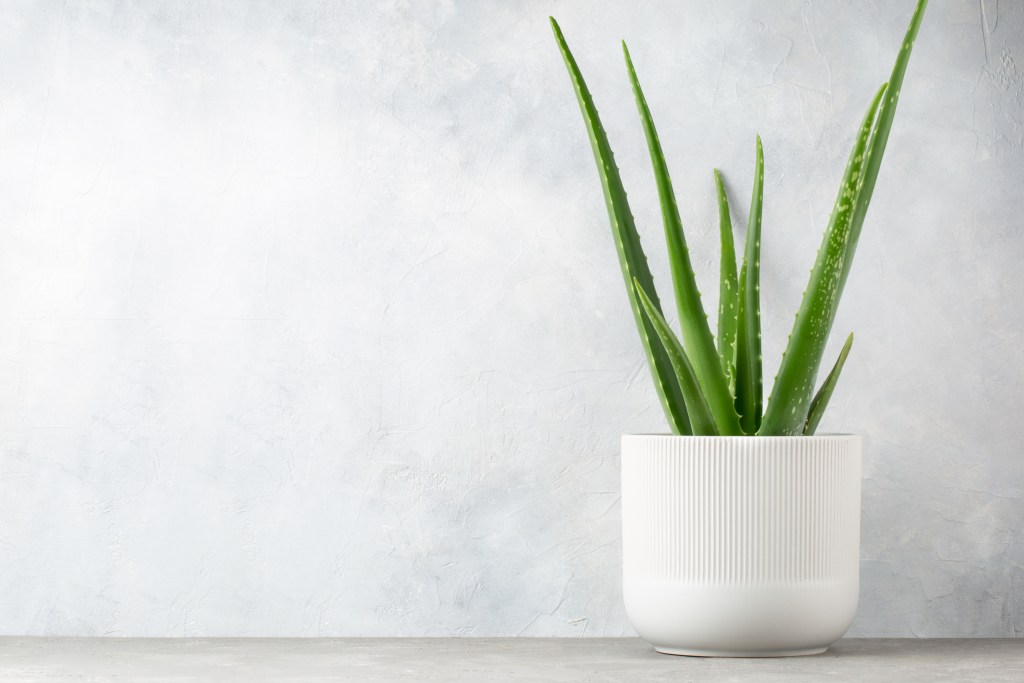
Aloe vera (Aloe barbadensis miller) is not only a beautiful succulent but also has soothing, medicinal properties. It’s a must-have for anyone looking to add a functional yet stylish plant to their home.
- Light: Bright, indirect light
- Water: Allow soil to dry between waterings
- Humidity: Low humidity
- Temperature: 55 to 80 degrees Fahrenheit
Why are these common houseplants so popular?

These houseplants are popular for several reasons. First, they enhance the aesthetic value of any space, providing a natural element that complements various interior design styles. People are drawn to plants that are visually appealing, easy to care for, and resilient. These plants fit the bill perfectly, thriving in a variety of indoor conditions with minimal maintenance.
Whether you’re looking for something to brighten a room, purify the air, or simply add a touch of nature, these common houseplants are sure to deliver. Incorporating them into your home can transform your living space into a more inviting and serene environment. Whether you’re an experienced plant parent or just starting, these choices are the perfect companions for your indoor garden.



